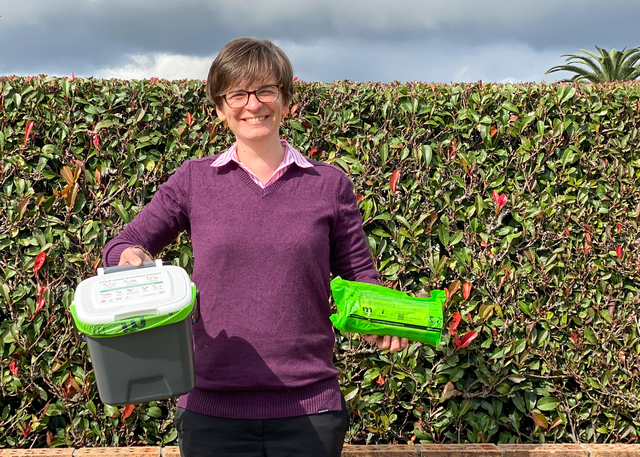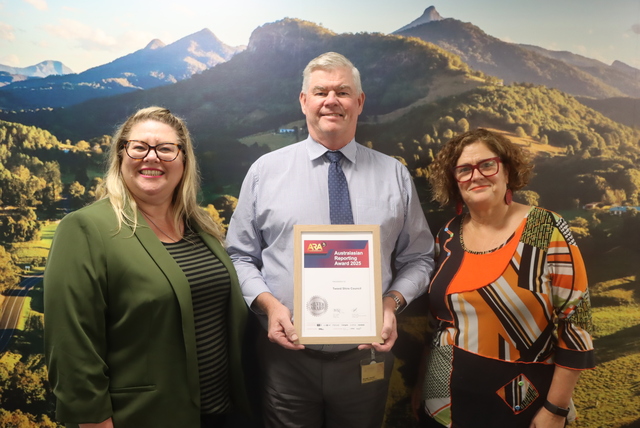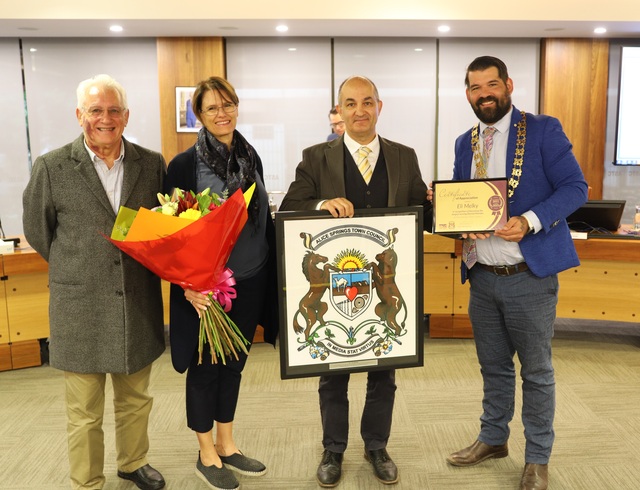Located in Melbourne’s north west, Hume City Council is using a state of the art GIS mapping and risk management system to improve the management and planning of its 100,000 plus trees. The Hume Tree Management System (HTMS) uses Global Positioning System (GPS) technology and qualified arborists to assess each tree for health, species, height, potential risk and predicted life expectancy.
Each tree has a unique ID allowing easy and instant identification. Inspections and works are recorded against the ID to create a logged history of management. Council has already collected information on around 80 per cent of trees in urban areas. Remaining trees on rural roads and open spaces are expected to be complete by the end of this financial year.
Council’s Open Space Coordinator, Jason Summers, said previously, tree maintenance works were performed in programmed rotation and trees at little risk to the community were being maintained at a higher level than required.
“This new system is strategic, responsive, high quality and customer focused,” he said. “The system allows targeted management of limited resources by identifying trees that are most at risk of failure and have a likelihood of causing injury or property damage. “It also allows maintenance works to be prioritised through a risk register that warns when higher risk trees should be reinspected. “Since the inception of the HTMS, callouts for storm damage have been reduced by 95 per cent, when compared to callouts for similar storms 18 months before.
“The HTMS also enhances the appearance of public areas by allowing vacant tree sites to be mapped. We are now better able to plan revegetation works and decide on species that will match current street aesthetics,” Jason Summers said. “Council has approached gas and electricity provider, AGL, to obtain overhead and underground power line location data to add as a layer to the system. This will mean plans can be prepared from the desktop without having to ground proof the location of these services. Trees will then go in the right places in an efficient manner.”
The HTMS was designed to integrate seamlessly with Council’s existing GIS. It is available to all Council staff through an Intranet, allowing them to interrogate data, develop work orders and create maps, and answer stakeholder enquiries. The system can also be linked with Council’s resident request system to ensure timely and accurate responses to enquiries at the desktop and reducing the need for physical inspections.
In 2005, Hume City Council organised a conference with 25 other Victorian Councils as a review and information system on the HTMS. Many Councils have since looked more closely at the HTMS and are now developing their own versions.
Future development of Hume’s system is also underway, including a workflow monitor to ensure prioritised jobs are completed within allocated time frames and jobs are not missed. The next step is to have all available data in the field to allow tree inspectors to directly input works against trees they see in the field.
For further information contact Jason Summers on (03) 9205 2387 or visit hume.ennoble.com.au/trees/ for a demonstration.








